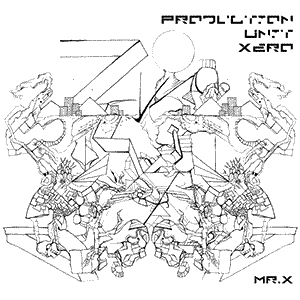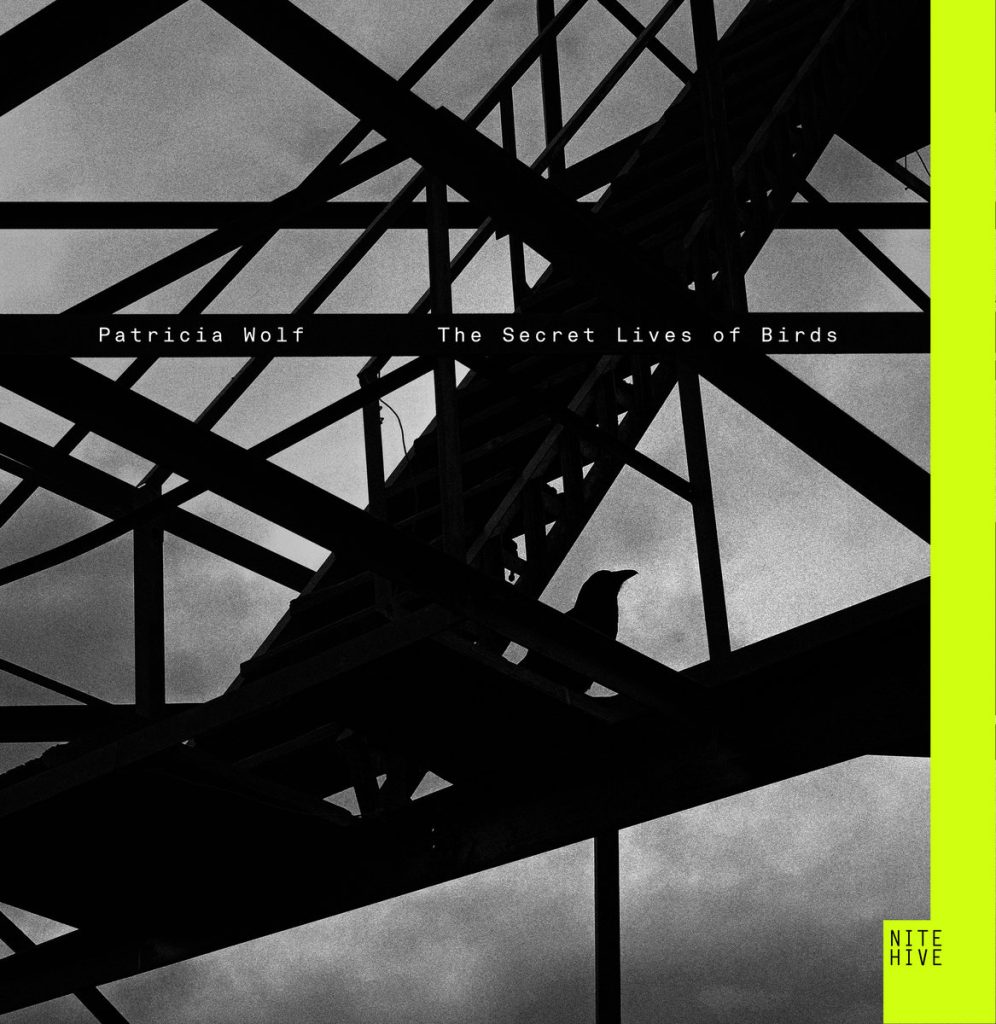Akira OST (1988) – Film Soundtrack Review

The Sonic Revolution of “Akira”: Shōji Yamashiro’s Auditory Masterpiece
When “Akira” premiered in 1988, it didn’t just redefine the landscape of anime; it unleashed a sonic revolution that would echo through the annals of film soundtracks. Composed by Shōji Yamashiro and performed by the collective Geinoh Yamashirogumi, the “Akira” soundtrack is a marvel of musical innovation, blending traditional Japanese instrumentation with advanced electronic techniques to create a soundscape as dynamic and multifaceted as the film’s dystopian world. This article dives into the experimental essence of the soundtrack, exploring how it enhances the film’s narrative and continues to influence the music and film industry.
The Fabric of Sound in “Akira”
At the heart of “Akira’s” auditory experience is the seamless integration of ancient and futuristic. Shōji Yamashiro, leading Geinoh Yamashirogumi, utilized a wide array of instruments and technologies, from traditional taiko drums and bamboo flutes to synthesizers and digital sampling. The result is a soundtrack that transcends time, reflective of the film’s setting in a post-apocalyptic Neo-Tokyo.
Breaking Down the Experimental Elements
One of the most striking aspects of the soundtrack is its use of polyrhythms and chant, particularly evident in tracks like “Kaneda” and “Tetsuo.” These compositions leverage complex layering of vocal and instrumental lines, creating a hypnotic effect that pulls the listener into the heart of the film’s action and drama. The use of human voice not just as a narrative tool but as an instrument itself showcases Yamashiro’s innovative approach to film scoring.
The track “Dolls’ Polyphony” exemplifies the experimental nature of the soundtrack, with its unsettling use of sampled doll voices and traditional instruments to create a haunting atmosphere that mirrors the film’s exploration of psychic and existential themes. This piece, among others, highlights the soundtrack’s role in building the film’s immersive world, one where beauty and terror coexist.
Synthesis and Sampling: Crafting the Future
Shōji Yamashiro’s pioneering use of digital sampling and synthesis techniques was ahead of its time. By incorporating recorded sounds that were manipulated and integrated with live instrumentation, the soundtrack blurs the line between the organic and the synthetic. This method was particularly revolutionary in the late 80s, predicting the future of electronic music and its capacity for emotional depth and narrative complexity.
The soundtrack’s embrace of technology extends to its thematic resonance with the film’s critique of unchecked scientific advancement and the erosion of humanity in the face of technological progress. Through its sound, “Akira” posits a future where tradition and modernity are in constant dialogue, sometimes in harmony, sometimes in conflict.
Creating Atmosphere and Emotion
Beyond its experimental techniques, the “Akira” soundtrack excels in creating a palpable sense of atmosphere and emotion. Tracks like “Requiem” serve dual purposes, acting as a lamentation for the lost and a cathartic release from the tension built up throughout the film. The emotional range of the soundtrack, from the adrenaline-pumping excitement of “Battle Against Clown” to the introspective melancholy of “Illusion,” showcases Yamashiro’s mastery over the medium.
A Cultural Phenomenon
The impact of the “Akira” soundtrack extends beyond its cinematic origins, influencing a wide array of artists across genres. Its blend of traditional Japanese music with avant-garde electronic elements has inspired musicians in the realms of ambient, techno, and beyond, proving that film soundtracks can be groundbreaking works of art in their own right.
Moreover, the soundtrack played a crucial role in introducing Western audiences to the depth and complexity of Japanese music, challenging stereotypes and opening the door to a richer understanding of Japan’s cultural contributions to the world stage.
Exploring the Layers
Engaging with the “Akira” soundtrack is an exploration of sound’s power to evoke the unseen, to tell stories without words, and to transport listeners to worlds beyond their imagination. Shōji Yamashiro’s work on “Akira” stands as a testament to the possibilities of musical experimentation, challenging creators to think beyond conventional structures and to envision soundtracks not just as accompaniments to visual media but as integral, transformative elements of storytelling.
In the landscape of film music, the “Akira” soundtrack remains a beacon of innovation, a source of inspiration for those daring to explore the furthest reaches of sound. Its legacy is not just in the notes and rhythms that comprise its tracks but in its enduring capacity to awe, to unsettle, and to inspire. Through the visionary work of Shōji Yamashiro and Geinoh Yamashirogumi, “Akira” continues to resonate, a vibrant fusion of past and future, tradition and revolution, silence and explosion.




